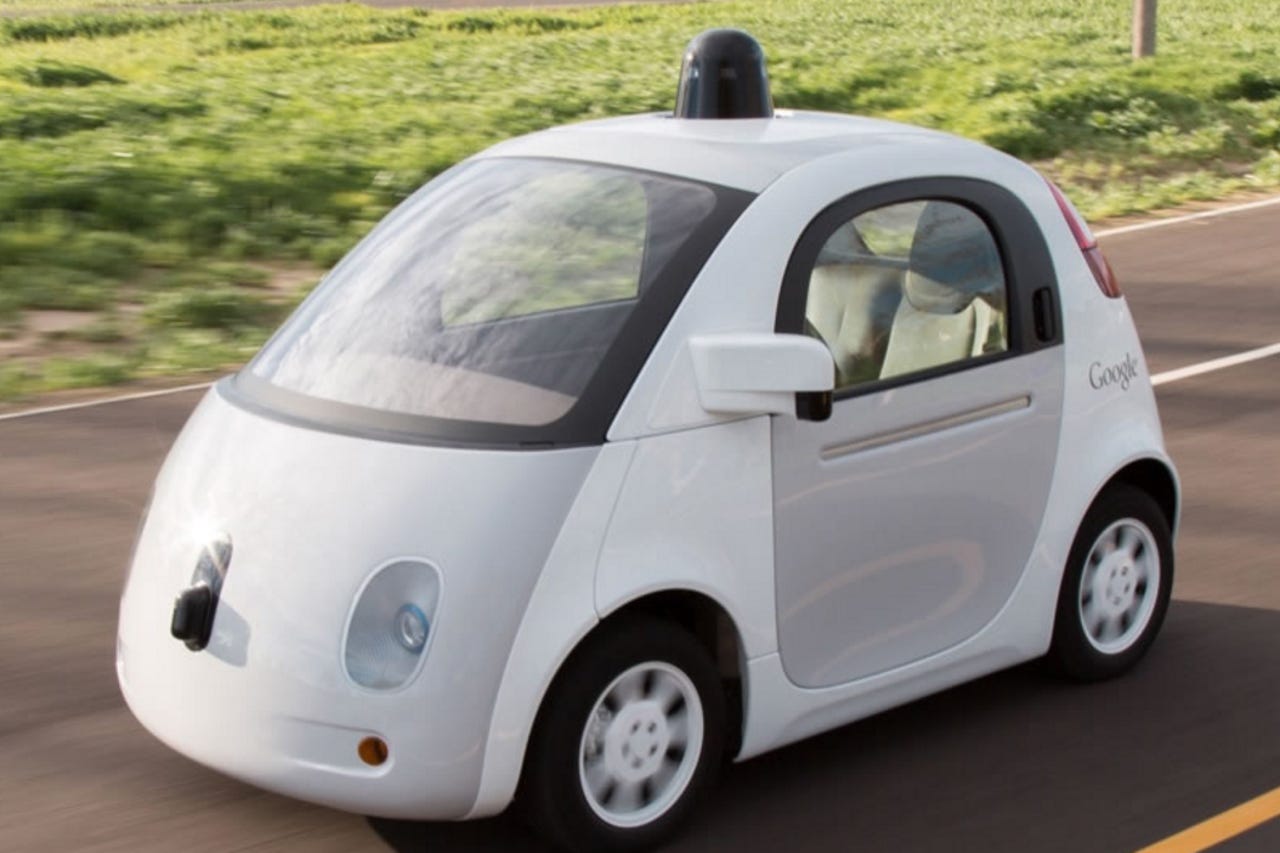Google to US: Driverless cars will cut public transport costs


Google argues that driverless cars improve highway safety while enabling lower federal spending on roads, buses, and trains.
The government should support driverless cars because they will allow it to spend less on roads, public transport, and parking, Google will tell US law makers on Tuesday.
A month after Google recorded its first own-fault accident in a self-driving car, Chris Urmson, head of the project at Google, will urge senators to allow the US Department of Transport to clear a path for the vehicles because they're safer and will ultimately cost the government less.
Exactly what impact driverless cars will have on roads is still being debated. Some believe they will cut congestion due to the potential for car-sharing. Others forecast more cars will be on the road as people shun public transport, although automation that enables cars to drive closer to each other will help reduce traffic jams.
Google has always maintained its computer-driven cars are safer than their human-controlled counterparts, but has caused unease by designing vehicles without a steering wheel and brake pedal.
As noted by Bloomberg, in a prepared testimony, Urmson will tell the senators that the government should support driverless cars because they will improve highway safety while enabling lower federal spending on roads, buses, and trains.
"Over the next three decades, the US Department of Transportation expects that self-driving cars will play a key role in reducing transit operating costs, improving highway efficiency, and freeing up existing parking infrastructure, which currently takes up a total area of 3,000 square miles in the US, equivalent to the size of Connecticut," Urmson said.
He is testifying alongside execs from GM and ride-hailing startup Lyft, which are planning to jointly develop a network of on-demand autonomous vehicles.
Also testifying will be Dr Mary Louise Cummings, director of the Humans and Autonomy Lab and Duke Robotics at Duke University.
Cummings will caution against rushing to deploy systems that are "absolutely not ready for widespread deployment, and certainly not ready for humans to be completely taken out of the driver's seat".
Google's first accident in which its driverless vehicle was to blame involved a minor crash with a bus in Mountain View, California. The robot car wrongly judged that the bus would give way.
The accident occurred just a month before Google was granted a patent for a system to detect school buses and adjust behavior at an intersection to conform with road rules. However, the patent was applied for in March 2014.
The National Highway Traffic Safety Administration in February told Google that the artificial-intelligence system behind its self-driving cars could be considered a driver under federal law, Reuters reported in February.